Believe it or not, the hardest part of international SEO is getting the hreflang tags on your site correctly. Even Google’s John Mueller described hreflang tags as” one of the most complex aspects of SEO”:
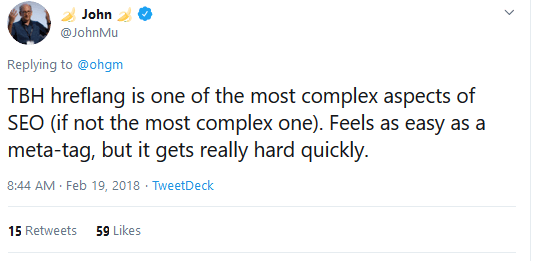
It is so complex, that we decided to create a whole guide on how to implement hreflang tags correctly and what mistakes to avoid.
What is hreflang?
Hreflang is a piece of code used on sites to tell the search engines that your site has the same content available in different languages or for different regions or a combination of both region and language.
Here is an example of how a hreflang tag would look like:
![]()
This piece of code is basically saying show an alternative (rel=”alternate”) version of the Boohoo site for users based in the US and have their browser’s language set to English. Therefore if you were based in the US, you would see the US Boohoo site in the search results:
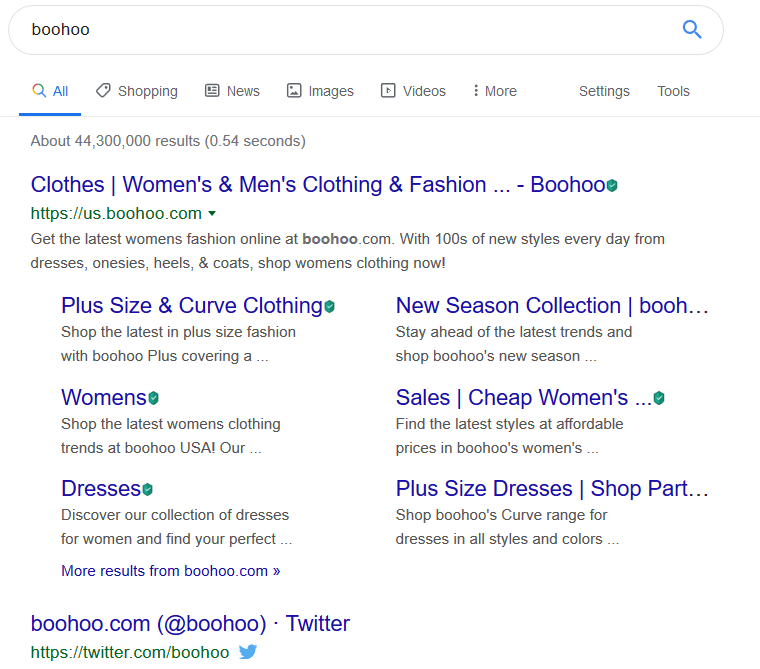
Otherwise, if you were based in France and your language was set as French, you would see the French version of the site in the results:
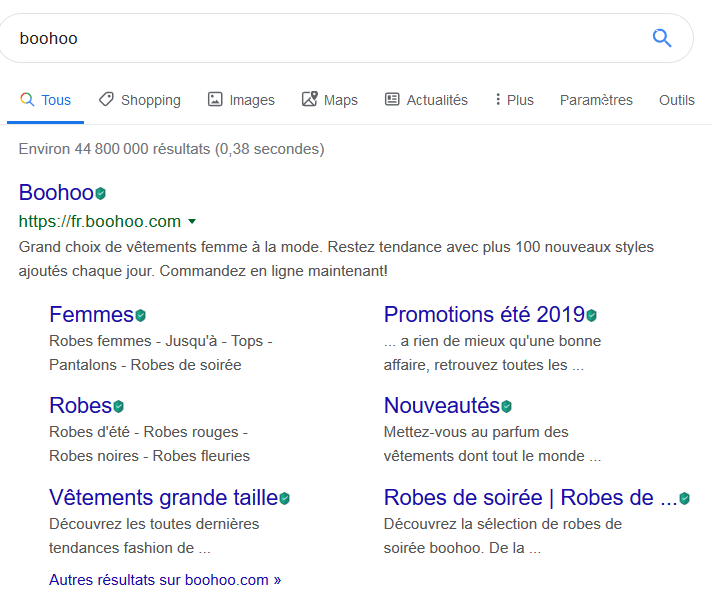
The purpose of hreflang tags seems pretty clear for now, but don’t be fooled the difficult part is yet to come!
When should I use hreflang?
It may seem obvious, but it is always good to clear up any ambiguity. Not all sites require the hreflang tag. For example, you won’t need to worry about the hreflang tag if your site is only available in English and your only focus is getting UK customers.
However there are many circumstances where hreflang will be required including the following:
- You have translated your entire site into two or more languages.
- You want your site to show different content based on location/region.
- Parts of your site, such as your blog is available in more than one language.
- Your commercial pages and contact details differ in different regions.
- You want to display UK English to some regions but US English to the rest of the world.
Here is an example of how HubSpot use hreflang tags on their blog, which is available in 6 languages including English:
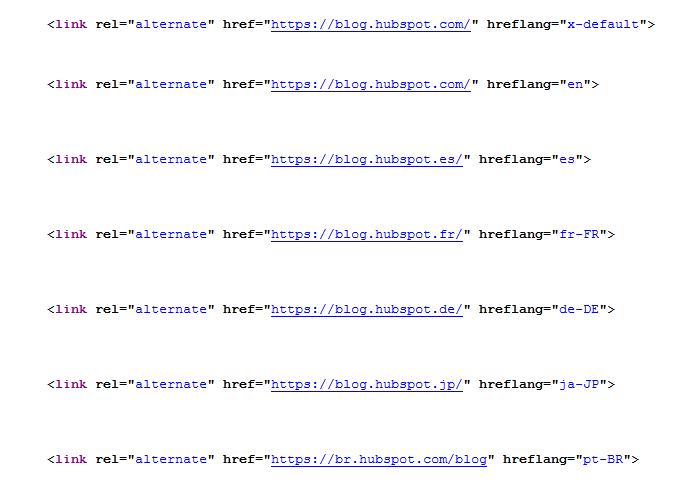
So you see it’s not just eCommerce or retailers that have international sites, blogs and news sites may also want to consider expanding their content and reach internationally.
As a side note, if for whatever reason you only care about ranking well in Bing or Baidu, then you don’t need to understand hreflang tags. Instead you might want to look into the content-language HTML attribute. The hreflang tag is primarily used by Google and Yandex to understand international content.
Why is hreflang important in SEO?
Hreflang tags are the primary way of telling Google (and other search engines) that your site has content available in multiple languages and/or for different regions.
The correct implementation of hreflang can impact your SEO performance in three main ways:
- It will increase the CTR of your site in the search results.
- You won’t get issues such as for duplicate content led filtration.
- Rank the right content in the right language for the right audience.
- Now this one is controversial, but we believe correct use of hreflang can also consolidate link authority across different regional pages like the canonical tag does.
There are non-SEO reasons to consider too:
- Improved conversion rate
- Better user experience
- Legal requirements (for example law content could vary regionally)
- Targeted lead generation
The first point is an obvious one. If you were a non-English speaker, you are more likely to click on a result which you understand compared to something which means nothing to you. Take for example a French user searching for “rouge robes” (that’s red dress in French) in Google – The top results are all in French to cater to their needs:
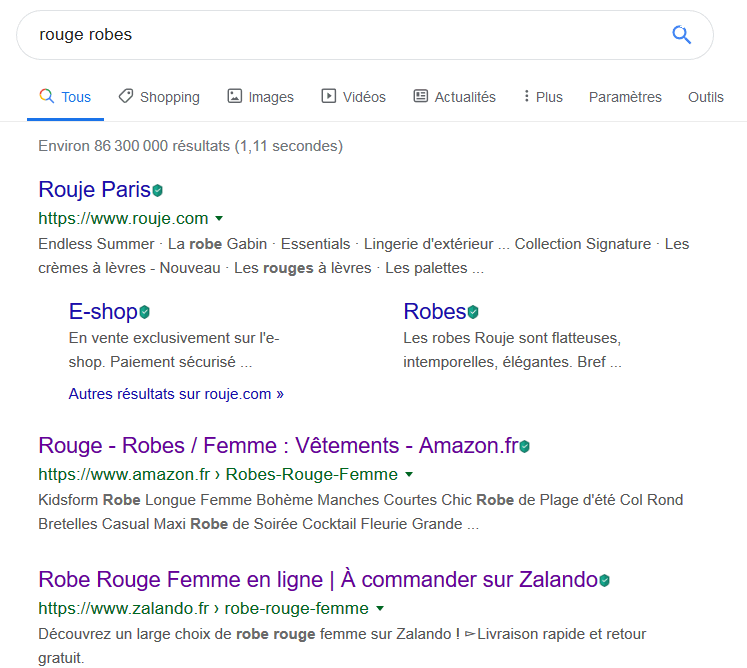
Not only does a relevant result increase CTR, but it also improves bounce rate and time on page – That’s all the good stuff that improves your organic search rankings and performance.
The second point is an important one. By having hreflang tags on your site you are clearly telling Google that the reason for duplicate content on your site is because your site is available in multiple languages and/or regions. For instance the ASOS US site, has the exact same content as the UK site:

Without the use of hreflang tags, this would clearly be considered as duplicate content which can land you in hot water with Google. However the ASOS site uses hreflang tags to differentiate the two sites, saving it from a potential Google action.
The idea behind hreflang tags seems pretty straight forward, but it’s normally during the implementation where things go wrong. Read the next section on how to add hreflang tags correctly for more information.